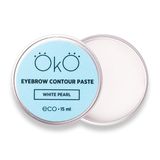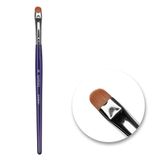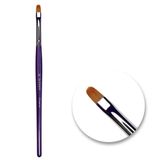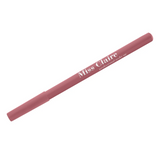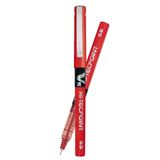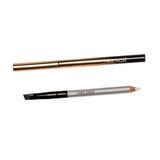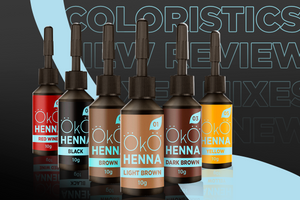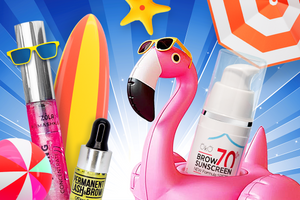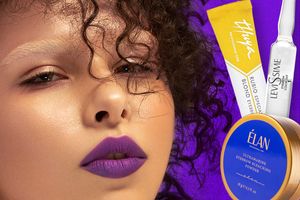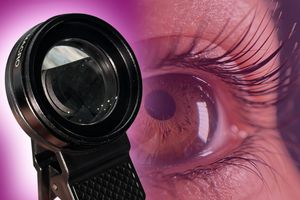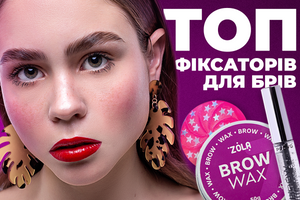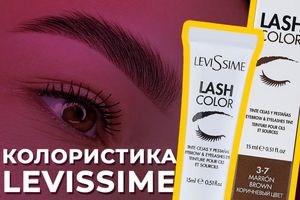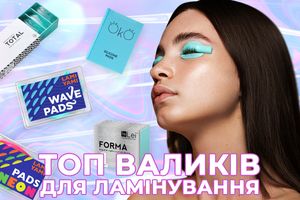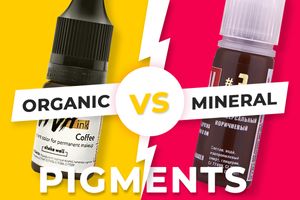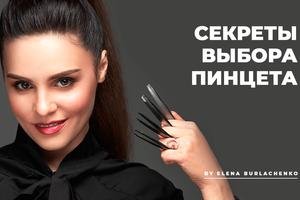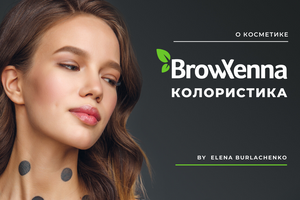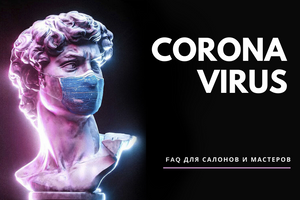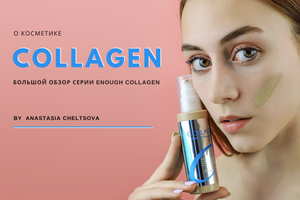Hello, Mi Amore!
Permanent makeup is currently at the peak of its popularity, both among artists and clients. One of the crucial steps in permanent makeup is drawing the future shape, which is the sketch before the procedure begins. It allows the client's preferences to be discussed and visualizes the outcome of the procedure. Today, we will explain how to properly mark the contours for permanent lip makeup, which products are suitable for marking, and what tools you will need.
Methods of marking lips for permanent makeup
When choosing a suitable marking method, several criteria should be considered:
- Ease of use: You should feel comfortable to work with the chosen method.
- Contrast of the sketch: The contour of the future permanent makeup should have good contrast. This will allow you to properly assess the architecture of the sketch, and to envision the future result to the client.
- Durability of the sketch: To prevent smudging the contour during the procedure, the sketch should be long-lasting.
Products for marking lips for permanent makeup
There are several main methods of lip marking used by permanent makeup artists:
Lip marking with a cosmetic lip pencil. The pencil should be well sharpened and have a soft texture to accurately and clearly outline the lip architecture.
Tip #1: Choose pencils in a contrasting color to make the sketch more prominent, allowing the client to evaluate the shape.
Tip #2: Fill in the entire lips with the pencil. This will create a more aesthetically pleasing look and provide a maximum visualization of the final result of the permanent makeup.
Surgical marker or red gel pen. This method offers more durability but has its drawbacks. For example, when using a red gel pen, you obtain a vivid red glossy sketch that can distort the client's perception and draw attention to the color rather than the actual contour.
Marking with paste. The most convenient and aesthetically pleasing method of marking lips before permanent makeup. With the use of paste, you can create a contrasting contour that is well-perceived by the client. Another advantage of using paste for marking is its clean mucous membrane consistency, which allows better control over the process of outlining the lips with pigment.
Tip #3: Use OKO paste for your work, as it has a dense consistency, does not smear or smudge, and is not affected by temperature.
Tip #4: Be sure to powder the sketch to fix the marking. This will make it resistant to accidental touches and help maintain the marking throughout the procedure. Any transparent HD powder with long-lasting effects will work for this purpose.
Marking with a white pencil. This method is similar to marking with paste and is suitable for those who prefer to work with pencils and want to define the outer contour of the lips.
Tip #5: You can combine different methods of lip marking. For example, you can create the sketch with a pencil or gel pen and then fix the contour using paste or a white pencil. Always prioritize your comfort during the process.
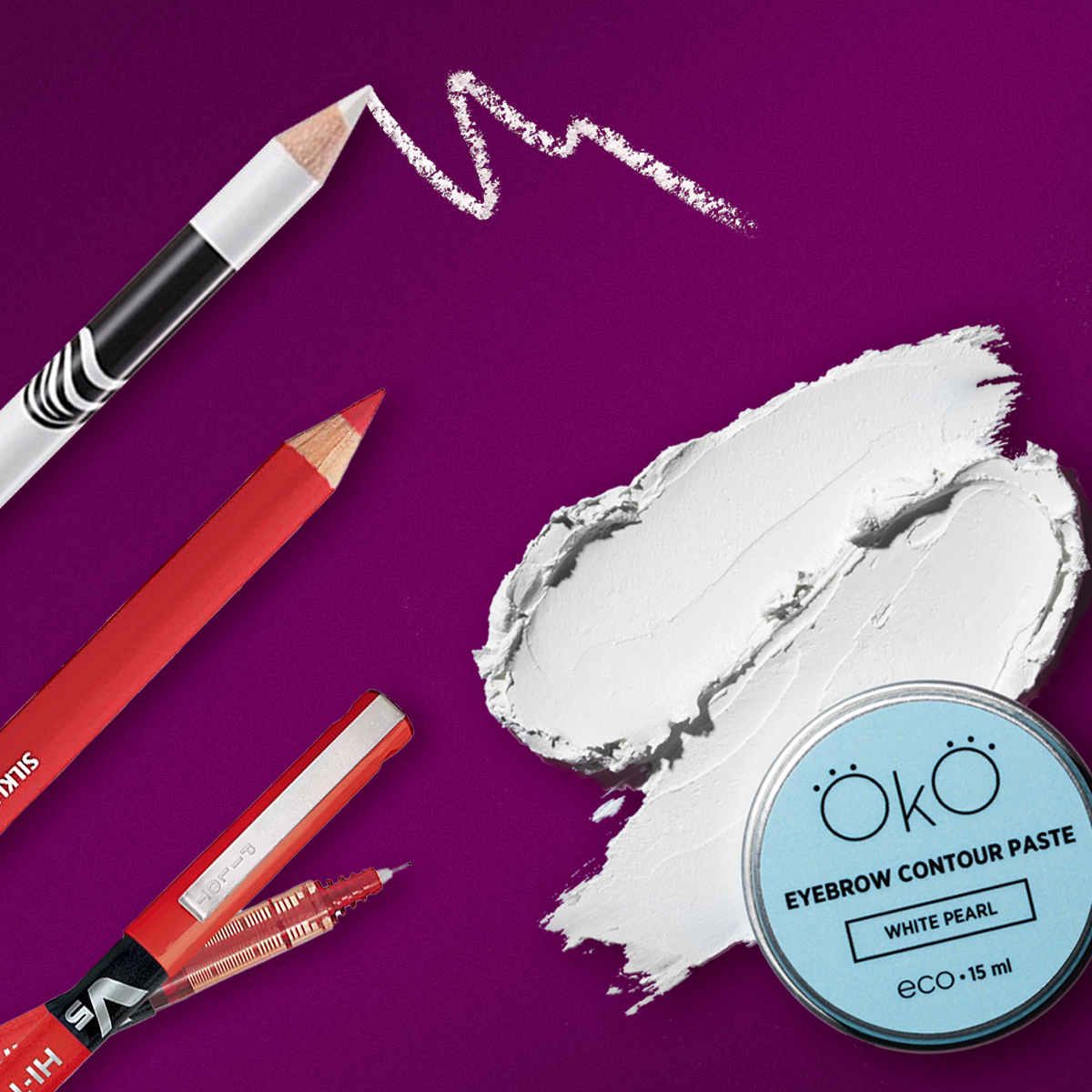
Brushes for lip sketching in permanent makeup
The choice of the right brush for marking plays a significant role in the speed and convenience of the work. When selecting brushes for lip marking in permanent makeup, it is important to focus on the brush tip and how fine it is.
For comfortable work, you will need the following brushes:
- Flat, straight-edged marking brush. Flat and thin brushes like Creator #25 or Wobs W5257 are used for outlining the lip contour. The straight edge of these brushes allows for precise contouring and blending of the paste.
- Round clean-up brush. Round brushes like Creator #20 are convenient for cleaning up the contour in lip permanent makeup. They help create a beautiful and natural Cupid's bow.
- Fluffy powdering brush. You can use any natural or synthetic fluffy brush for powdering the sketch.

How to create a lip sketch for permanent makeup?
Before starting the actual procedure, make sure to prepare all the necessary materials (lip pencil/pen/paste, marking brushes, powder) and discuss the client's preferences while evaluating the initial conditions.
Important! With permanent makeup, it is not possible to increase the size of the lips by going beyond the natural contour. The pigment deposits differently on the mucous membrane and the skin, and after healing, it can have varied results and may not look aesthetically pleasing.
The correct architecture of the sketch always relies on the key structural points of the lips:
- Philtral columns.
- Cupid's bow.
- Commissures.
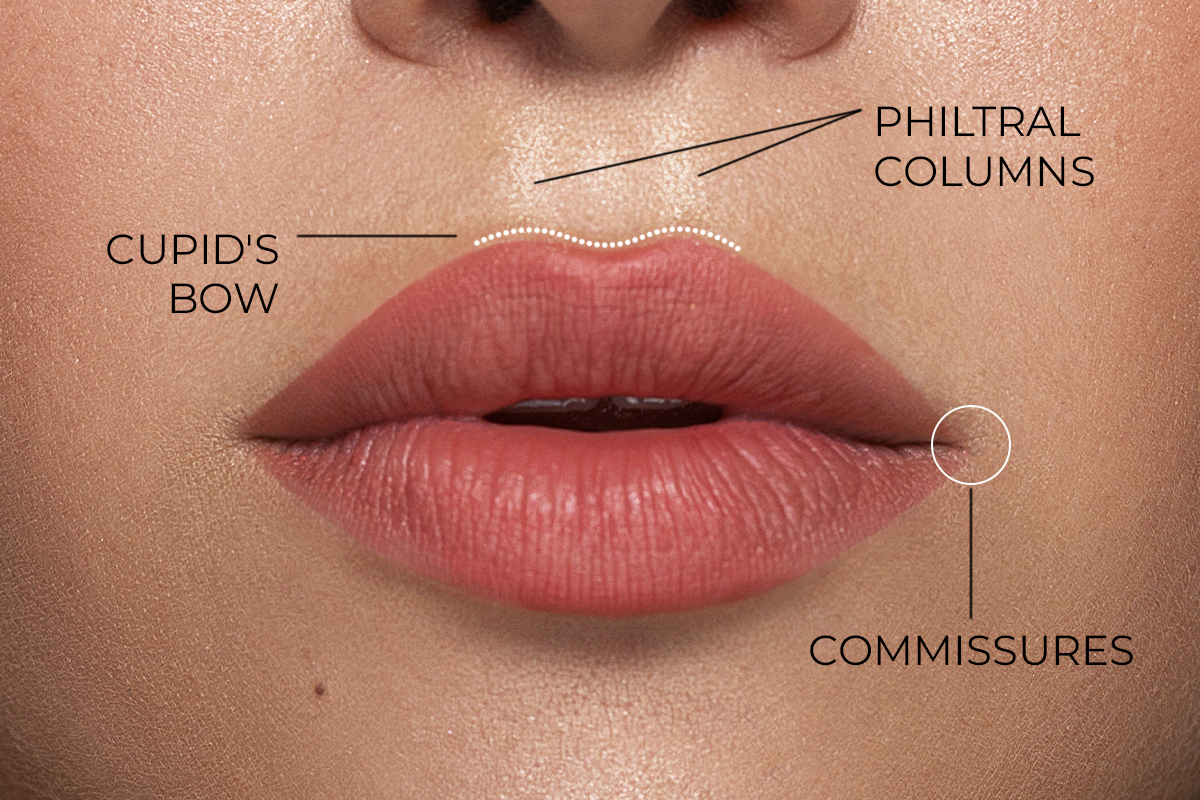
Correct marking for lip permanent makeup with paste
- Using a flat brush with a straight edge, make notches at the points of the philtral columns and mark the middle point between them.
- Visually draw parallels from the points of the philtral columns and mark parallel points on the lower lip.
- Make notches at the corners of the lips (commissures).
- Connect the points of the Cupid's bow. Draw a line, blending the paste upwards. Don't worry about making the lines smooth right away; you can refine them later with a round brush.
- Connect the commissures to the bow with short strokes, blending the paste upwards.
- Clean the inner part of the contour along the mucous membrane using a round flat brush and micellar water. The round shape of the brush makes it convenient to soften the Cupid's bow.
- Connect the points on the lower lip.
- Connect the corners of the commissures with the sketch on the lower lip.
- If necessary, refine the contour with a round brush and blend the paste downwards.
- Be sure to powder the resulting sketch with transparent HD powder to set it in place.
Tip #6. For convenience when working with the lower lip, especially if the lips have fillers, ask the client to gently bite down on the lower lip. This will give you access to the flat surface.
Tip #7. ALWAYS check the sketch while the client is sitting and through a photo on your phone, especially in cases of lip asymmetry or lips with fillers. This will allow you to accurately assess the contour architecture without visual distortion.
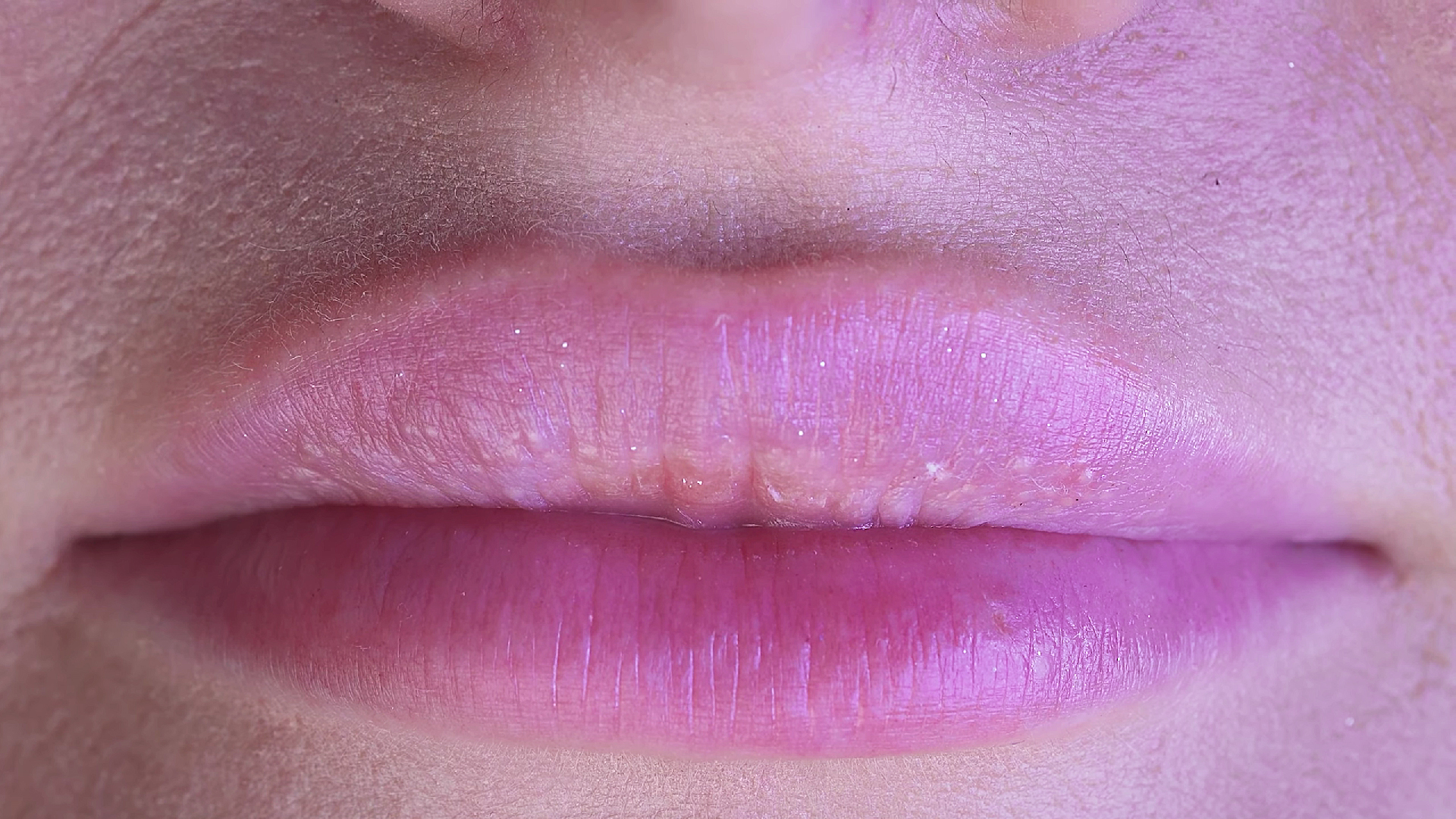

That's it! Your sketch is ready, and you can proceed to the next steps of the permanent makeup.




















































































